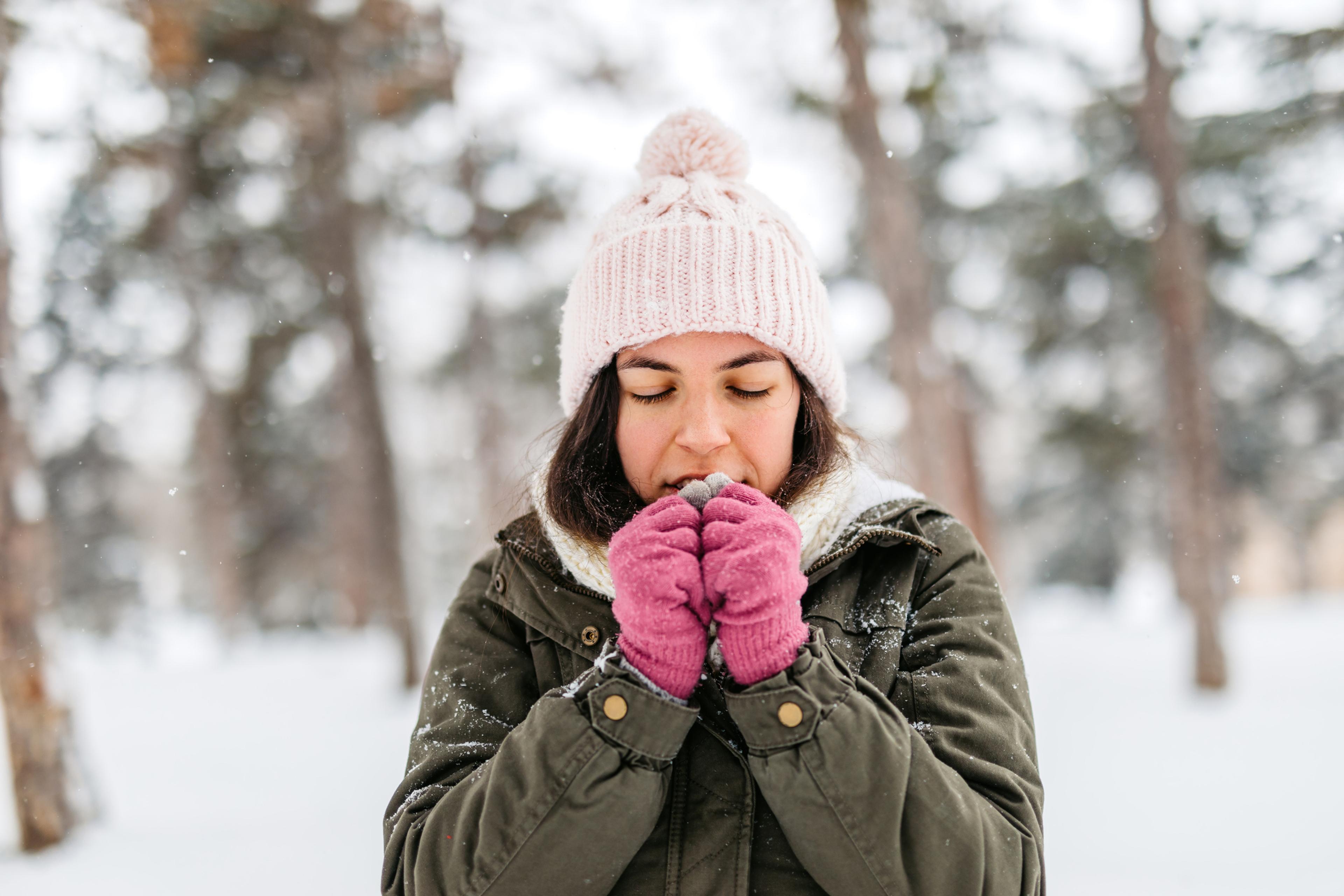Best Diet for Gastroparesis
Jake Newby
| 4 min read

Gastroparesis occurs when the stomach takes unusually long to empty food into the small intestine, delaying the digestion process.
The disorder, also known as delayed gastric emptying and stomach paralysis, may cause you to feel sick and lead to symptoms like nausea, vomiting, abdominal pain, decreased appetite and an inability to get sufficient calories, vitamins and minerals. It can be a chronic disorder for some.
The most effective way for individuals with gastroparesis to manage their symptoms is to change their diet. Here are foods to lean on and foods to avoid if you suffer from gastroparesis.
What are the worst foods for gastroparesis?
Before you go grocery shopping for a gastroparesis diet, it’s best to know which foods and beverages you should avoid.
Some with gastroparesis find foods high in fat content are worse for their symptoms, although it can be a case-by-case issue. It’s best to revolve your meat and dairy intakes around foods labeled as “low-fat” “nonfat” or “fat-free.”
Try to avoid the following foods, too:
- High-fiber food: your fiber intake should be reduced while adjusting for gastroparesis. Some fibrous fruits and vegetables can be hard to chew. Also, fiber slows the stomach-emptying process and may lead to bezoar formation. A bezoar, according to the Cleveland Clinic, is a mixture of food fibers that may cause a blockage in the stomach and prevent it from emptying well. Some high-fiber foods to avoid, per Web MD, include:
- Raw and dried fruits (such as apples, berries, coconuts, figs, oranges and persimmons)
- Raw vegetables (such as Brussels sprouts, corn, green beans, lettuce, potato skins and sauerkraut)
- Whole-grain cereal
- Nuts and seeds (including chunky nut butters and popcorn)
- Legumes or dried beans like lentils, soybeans or baked beans
- Fatty meats: sausage, hot dog, canned meats, fish packed in oil, most packaged deli meats and fried or greasy meats can irritate gastroparesis.
- Dairy: steer clear of full-fat dairy products, as well as dairy products with berries, nuts, seeds or whole spices.
- Carbonated drinks: these drinks can lead to bloating and additional issues.
- Alcohol and cigarettes: smoking and drinking may slow down the stomach emptying process even more.
What foods are good for gastroparesis?
A gastroparesis diet should consist of nutritious foods that are easy to digest. Eat a diet rich in the following foods, broken down by category:
- Breads and grains: white breads, low-fiber cereal, grits, white pasta, white rice, noodles, rolls or crackers and white English muffins.
- Dairy and dairy substitutes: fat-free, low-fat or reduced-fat versions of milk, yogurt, pudding, cheeses and cottage cheeses.
- Lean meats and meat substitutes: eggs, egg whites, skinless chicken, fish, tofu, lean beef or pork and reduced-fat smooth nut or seed butters.
- Peeled, canned or cooked fruits: such as mandarin or canned orange, seedless melons, ripe bananas and canned fruits without skins such as applesauce, peaches and pears.
- Soups: soups made from fat-free or low-fat milk or broth.
- Well-cooked, peeled and pureed vegetables: vegetables without skins, including acorn squash, beets, carrots, mushrooms, potatoes, spinach, summer squash, yams, leeks, finely chopped onion, roasted skinless peppers, well-cooked and mashed cauliflower, asparagus tips and mashed avocado.
Additionally, a good way to reach your daily calorie intake while on a gastroparesis diet is to consume high-calorie beverages like fruit juices, sports drinks, milkshakes and protein smoothies, as liquids pass through the stomach easier than solids.
Other important tips to manage gastroparesis
- Eat small and eat often: it’s important for individuals with gastroparesis to eat small meals frequently throughout the day. The target should be six or more small meals or snacks per day, as opposed to three large meals a day, which can aggravate symptoms and disrupt digestion.
- Chew foods well: take your time eating each meal to ensure that foods are chewed to a mashed potato or pudding consistency.
- Drink fluids with each meal: be sure to drink liquids with each meal and snack. Dehydration can increase symptoms of nausea.
- Get plenty of exercise: studies show that regular exercise can increase gastric emptying, which is why taking 10-to-15-minute walks after you eat is a wise idea.
Read on:
Photo credit: Getty Images





